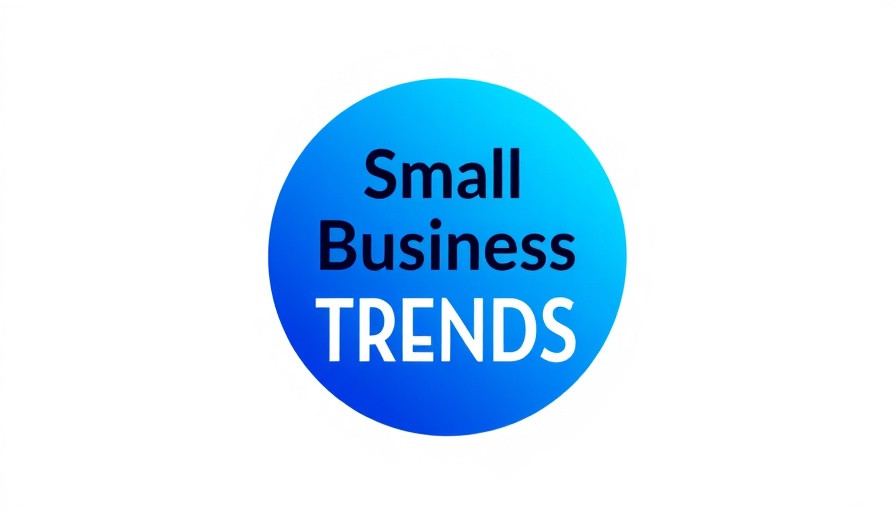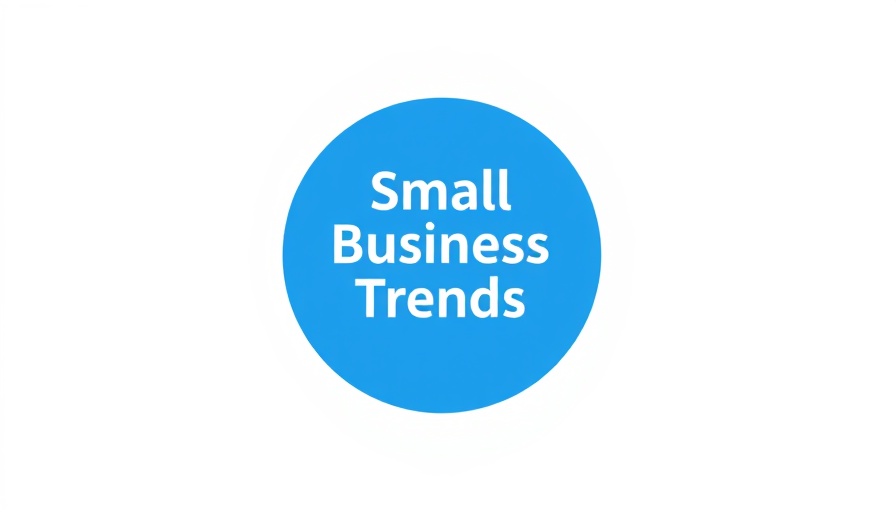
Unveiling the Joy of Paint and Sip: A New Avenue for Creativity
Paint and sip events have surged in popularity, transcending traditional notions of creativity. These gatherings combine artistic expression with social enjoyment, providing a relaxed atmosphere conducive to networking and camaraderie. No matter your artistic skill level, whether you’re a seasoned artist or a novice with a paintbrush, these events offer a welcoming platform to explore your creativity, and perhaps, discover a hidden talent.
Diving Further: Addressing the Rise of Paint and Sip
The paint and sip phenomenon originated in the early 2000s in the United States, turning art into a social experience. This innovative concept aligns perfectly with the current trend towards experiential entertainment, appealing to diverse audiences eager for unique bonding activities. As society becomes increasingly connected through technology, the desire for real-life social experiences, like paint and sip, plays into the human need for connection and creativity.
Business Opportunities: Tapping into a Lucrative Market
From an entrepreneurial perspective, the rise of paint and sip events presents a lucrative opportunity. As these events gain traction, savvy business owners can capitalize on the growing audience. Creating a paint and sip business requires a well-thought-out plan, extensive market research, and unique branding. Leveraging effective marketing strategies, including social media promotions and collaborations with local businesses, can enhance visibility and attract audiences enthusiastic about art and socializing.
AI and Marketing: The Future of Engagement
As the paint and sip model expands, incorporating artificial intelligence (AI) into marketing strategies can significantly enhance customer engagement. AI can offer personalized marketing, suggesting events based on past attendance and engagement. By employing AI in crafting targeted campaigns, business owners can not only stand out in a competitive market but also streamline interactions with potential customers.
Networking: Fostering Meaningful Connections
The beauty of paint and sip gatherings lies in their social aspect. Attendees don't just create art; they build connections. Whether seeking corporate collaborations or friendships, the relaxed environment encourages attendees to network organically. These relationships can transcend the canvas, leading to business partnerships or collaborative art projects.
Creating Memorable Experiences: Themed Events
In an ever-evolving market, maintaining excitement through themed events is crucial. Whether celebrating holidays or cultural events, integrating fun themes can entice participants and promote repeat attendance. A themed paint and sip not only elevates the experience but also establishes a loyal customer base eager for new and intriguing sessions.
Key Components for Successful Events
A successful paint and sip event hinges on various factors, including selecting the right venue and providing quality art supplies to support participant engagement. The ambiance should be warm and welcoming, encouraging creativity and enjoyment. Event planners must also consider logistics such as timing, materials, and communications.
Future Insights: What Lies Ahead
The future of paint and sip events looks promising as they continue to evolve. With innovation driven by technology and changing social preferences, entrepreneurs must remain agile and aware of emerging trends. Keeping abreast of developments in AI, automation, and online engagement tools will be essential. These advancements can enhance both operational efficiency and customer experience.
As the paint and sip culture continues to flourish, those involved in this creative endeavor must stay committed to their vision while embracing change. Experimenting with new ideas, maintaining customer feedback loops, and fostering a sense of community will be critical in driving long-term success.
The Value of Engagement: Why Attend Paint and Sip Events
Engaging in paint and sip events can liberate your creative spirit while providing a delightful social experience. Attend these gatherings to unwind, connect with like-minded individuals, and stimulate your imagination.
Engaging in such creative outlets not only nurtures personal development but could also inspire business ventures, blending creativity with entrepreneurial spirit. While pursuing these creative outlets, consider the possibilities of networking and other opportunities that may arise.
**Inspiring Call to Action:** Ready to unleash your creativity? Explore local paint and sip events today; you might just discover a passion for art you never knew existed!



Write A Comment